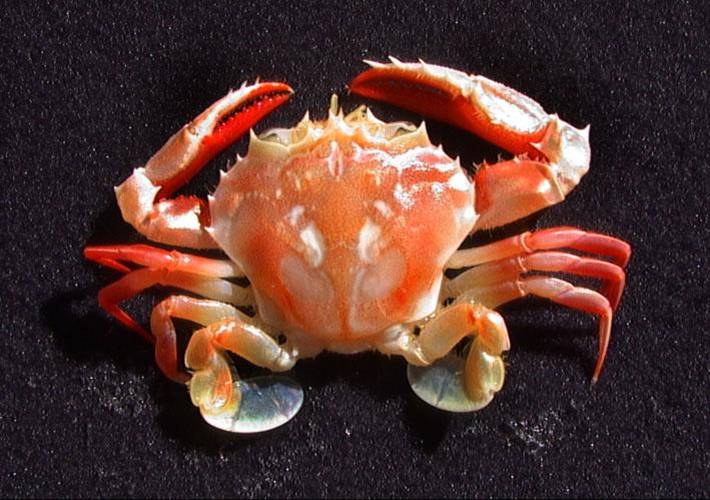|
Swimmer crab
| 제목: | Swimmer crab
| | 올린이: | funny (from@deep.sea)
| |

| 해상도: 710x500
파일크기: 65085 Bytes
등록시간: 2007:09:21 17:27:26
|
ERROR : Server Busy(-1105)
ERROR : Server Busy(-1105)
Swimmer crab
|
댓글 |
|---|
| | 뷁락리랅긹갉뷁긹???뷁? |
|
| 이상해 올린사람 닮앗센 |
| | 손님 |
|
| uh. there is nothin funny about this. dummy |
| | 손님 |
|
| yes,just little different from the normal ones. |
| | guest |
|
| its normal |
| | guest |
|
| its normal |
| | jay |
|
| this like our principal |
^o^
동물그림창고 똑똑전화 누리집
^o^
|
|
|